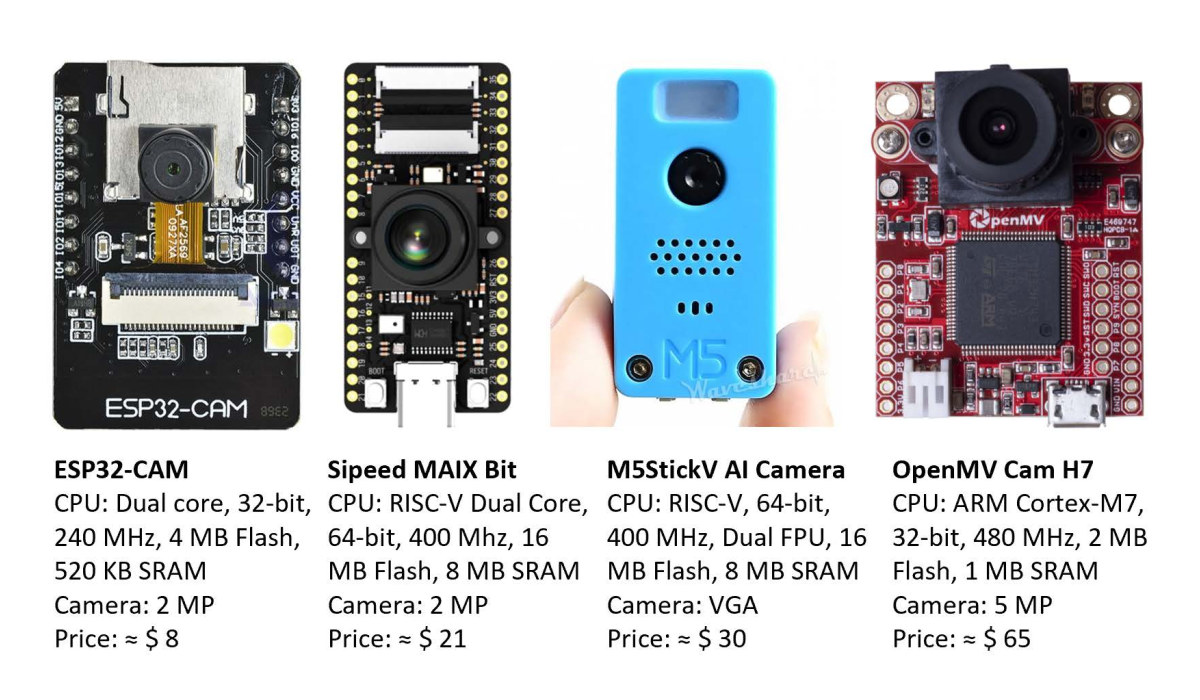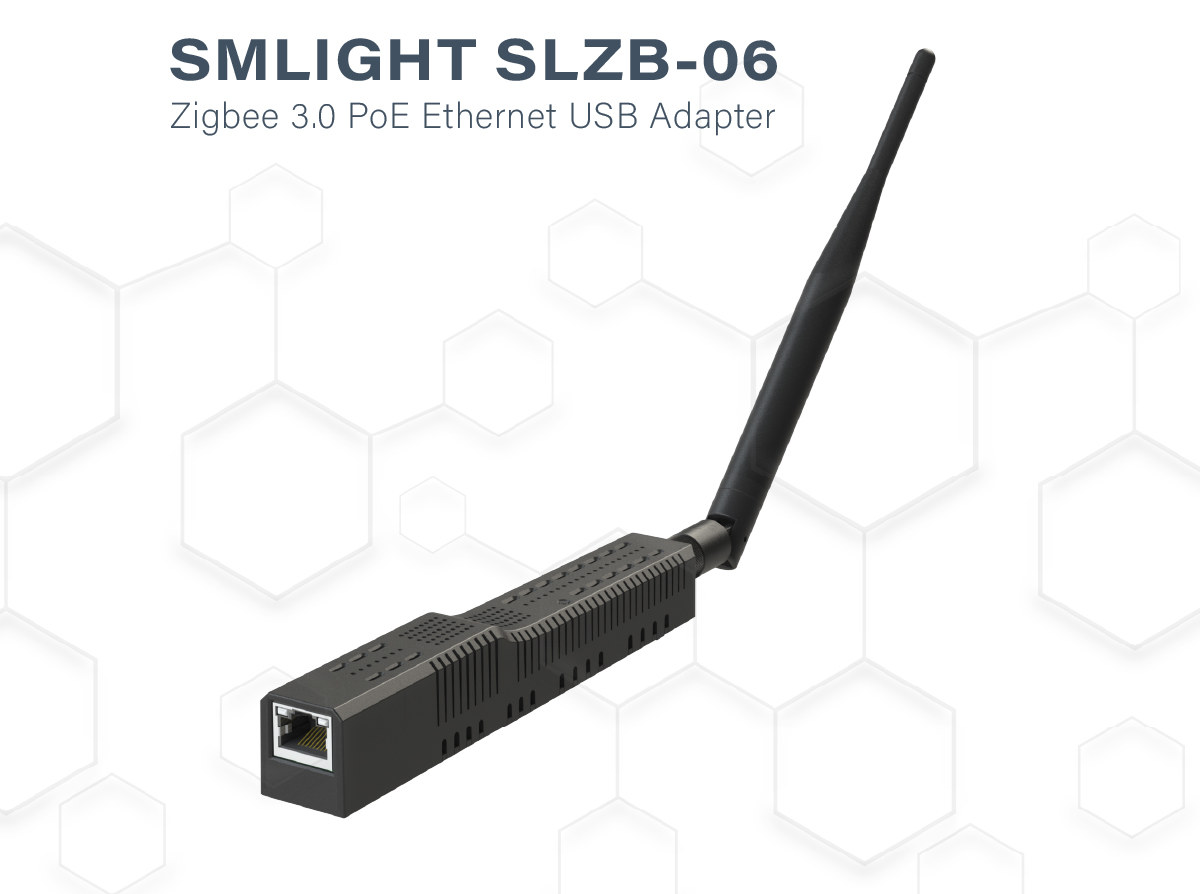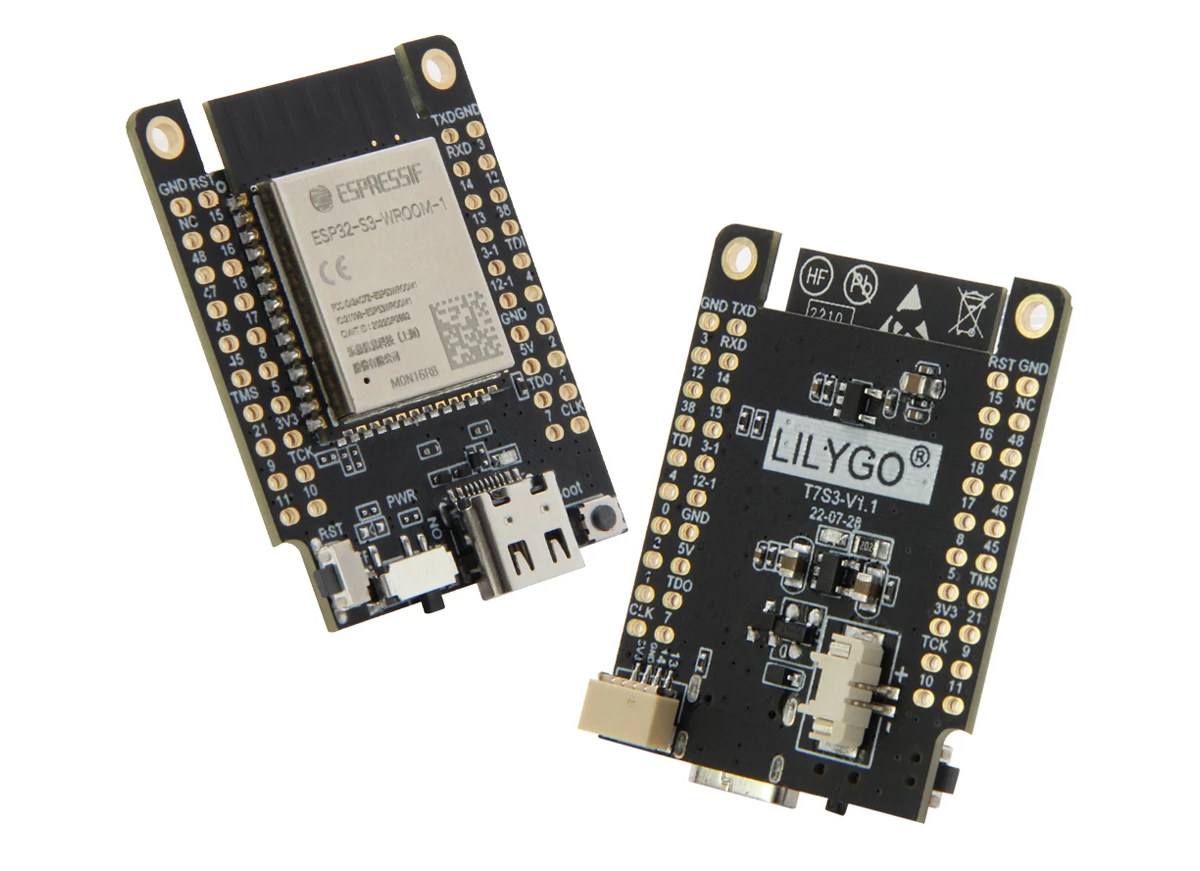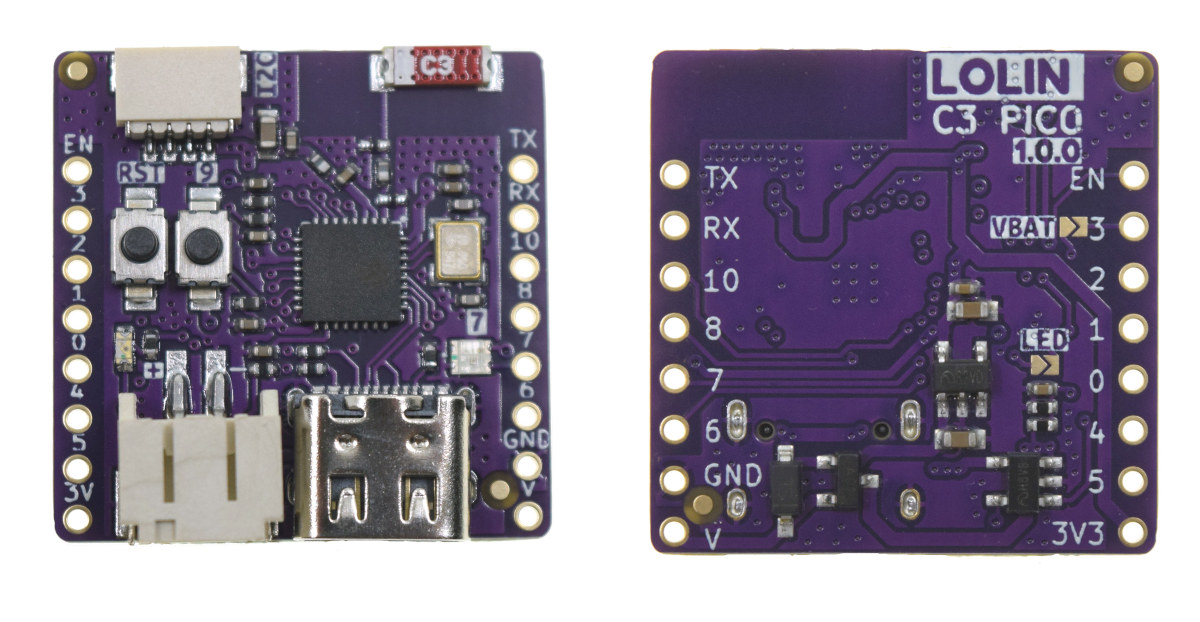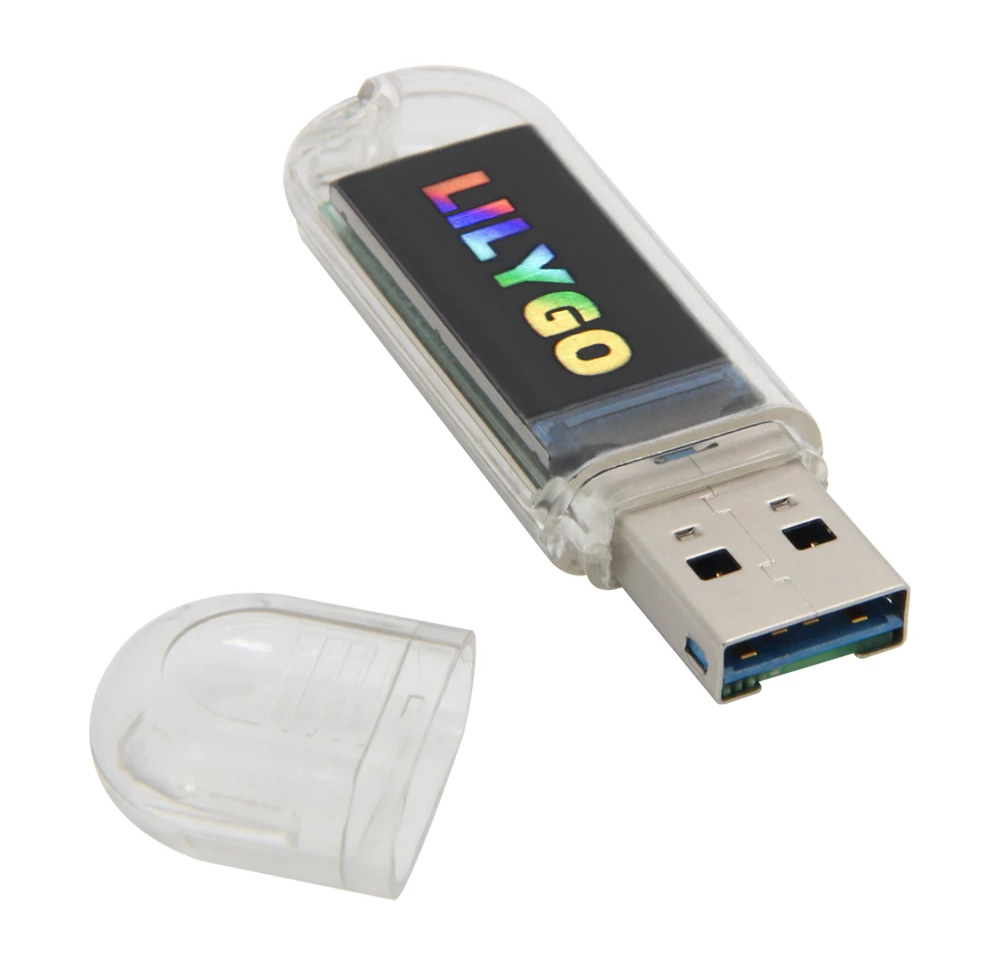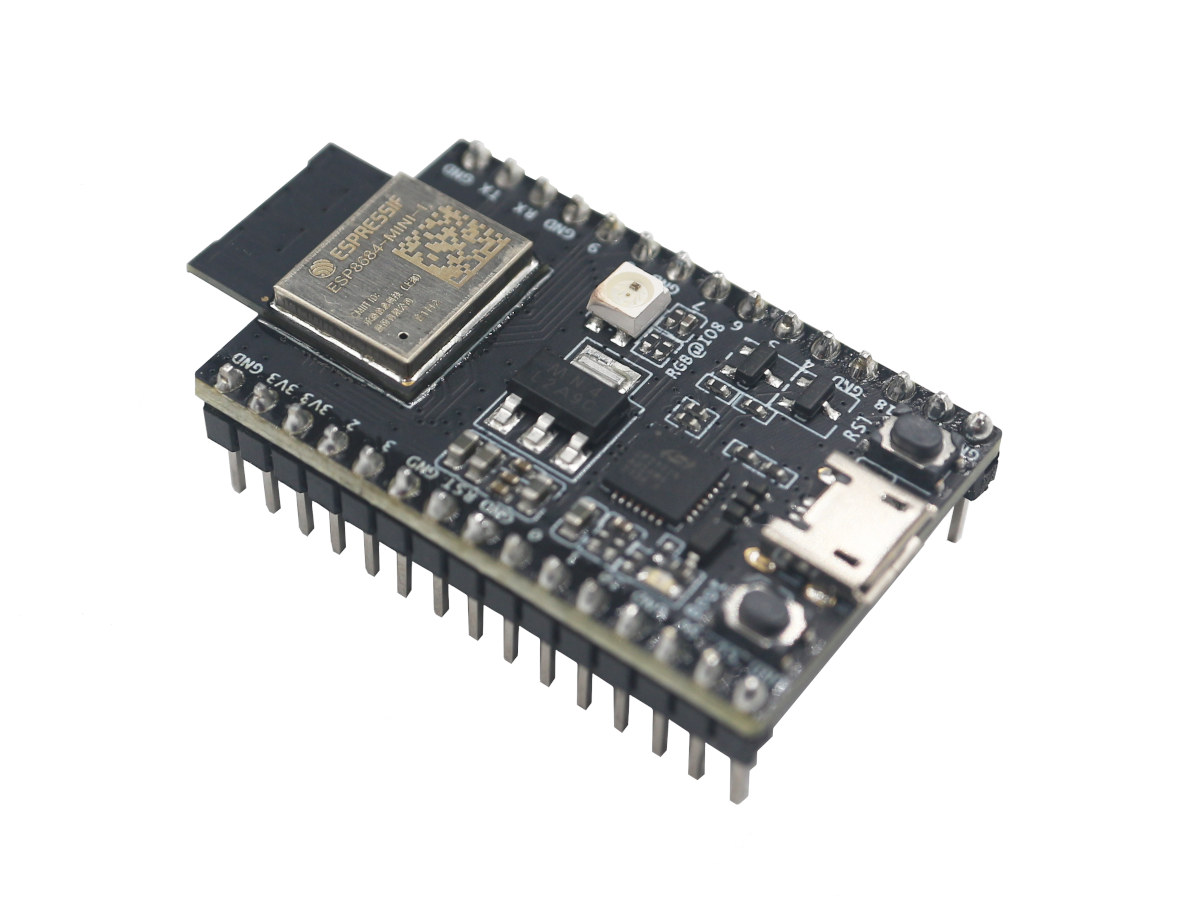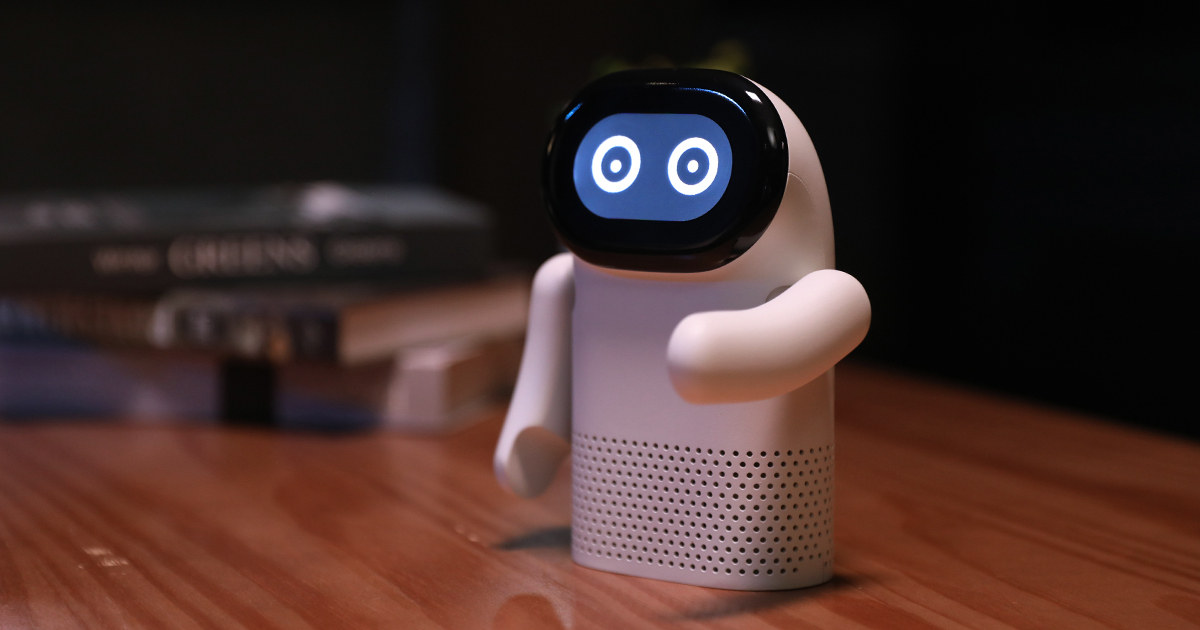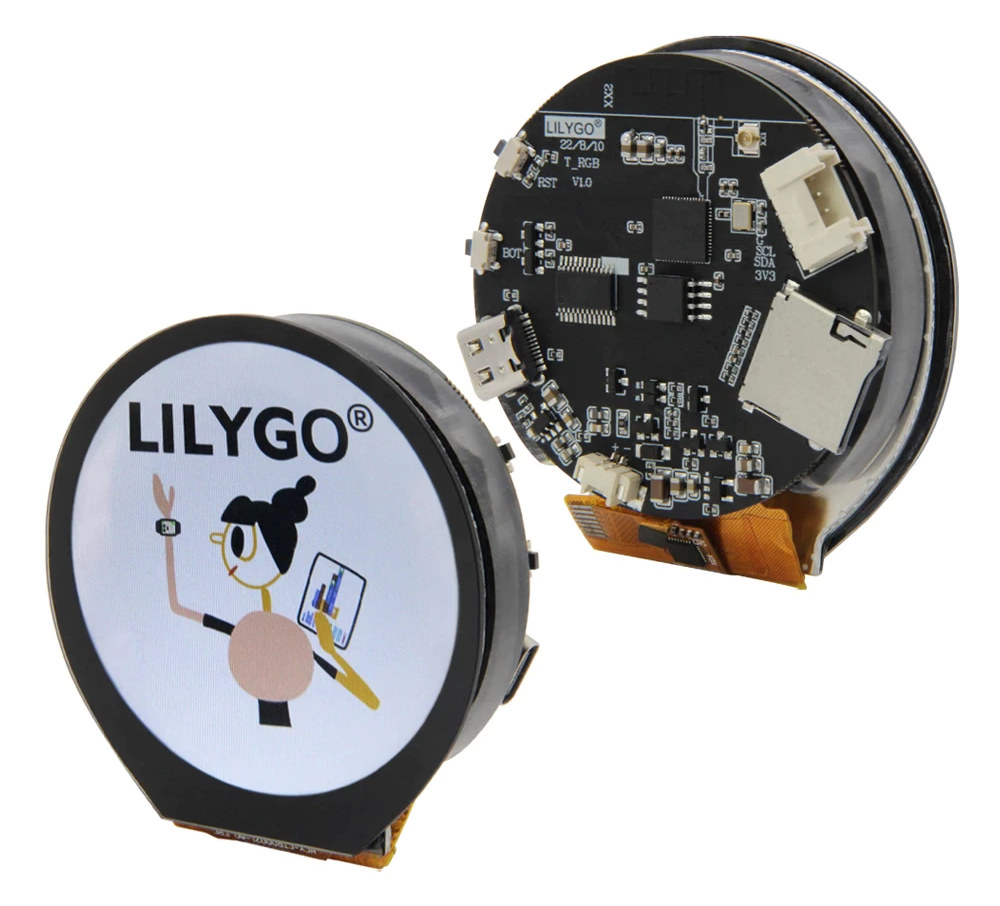The challenge with TinyML is to extract the maximum performance/efficiency at the lowest footprint for AI workloads on microcontroller-class hardware. The TinyML-CAM pipeline, developed by a team of machine learning researchers in Europe, demonstrates what’s possible to achieve on relatively low-end hardware with a camera. Most specifically, they managed to reach over 80 FPS image recognition on the sub-$10 ESP32-CAM board with the open-source TinyML-CAM pipeline taking just about 1KB of RAM. It should work on other MCU boards with a camera, and training does not seem complex since we are told it takes around 30 minutes to implement a customized task. The researchers note that solutions like TensorFlow Lite for Microcontrollers and Edge Impulse already enable the execution of ML workloads, onMCU boards, using Neural Networks (NNs). However, those usually take quite a lot of memory, between 50 and 500 kB of RAM, and take 100 to 600 ms […]
SMLIGHT SLZB-06 – A Zigbee 3.0 to Ethernet, USB, and WiFi adapter with PoE support
Startup SMLIGHT has launched the SLZB-06 Zigbee 3.0 to Ethernet, USB, and WiFi adapter with PoE support that works out of the box with open-source software such as Home Assistant and Zigbee2MQTT. The device combines Texas Instruments’ СС2652Р microcontroller for Zigbee with ESP32 for WiFi, data transfer to Ethernet or USB, and peripheral functions such as LEDs and a button.The design is complemented with Microchip LAN8720 for Ethernet. SMLIGHT SLZB-06 specifications: Wireless SoCs Texas Instruments CC2652P1FRGZR Arm Cortex-M4F microcontroller @ 48 MHz with 352KB flash, 256KB ROM for protocols and library functions, 80+8KB SRAM, integrated power amplifier, Bluetooth 5.2 Low Energy and 802.15.4 radios Espressif Systems ESP32-DOWDQ5-V3 dual-core processor @ 240MHz with 448 KB ROM, 520 KB SRAM, 16 KB SRAM in RTC, WiFi and BLE connectivity Connectivity Ethernet RJ45 port with PoE support (IEEE 802.3af) implemented through Microchip LAN8720 10/100M Ethernet controller 2.4 GHz WiFi up to 150 […]
LILYGO T7-S3 ESP32-S3 board with 16MB flash, 8MB PSRAM, LiPo battery support sells for under $10 (Promo)
LILYGO has launched another ESP32-S3 development board. The T7-S3 is equipped with an ESP32-S3-WROOM-1 module with 16MB flash, 8MB PSRAM, and a PCB antenna. The board is fairly compact at 3.9×3.1 cm, can be powered through a USB-C port or a LiPo battery with charging support, and offers 40 through holes plus a Qwicc/QT I2C connector for expansion. LILYGO T7-S3 specifications: Wireless module – ESP32-S3-WROOM-1-N16R8 module with SoC – Espressif Systems ESP32-S3 dual-core Xtensa LX7 processor @ up to 240 MHz integrating vector instructions for AI acceleration, 512 KB SRAM, WiFi 4 and Bluetooth 5.0 LE & Mesh connectivity Memory – 8MB PSRAM Storage – 16MB SPI Flash USB – USB Type-C port Expansion 2x 20-pin headers with up to 29x GPIOs, 20x ADC, UART, SPI, Touch interface, 5V, 3.3V, and GND 4-pin Qwiic/QT I2C connector Misc – User LED, charging LED (blue), reset and boot buttons, power on/off switch […]
LOLIN C3 Pico is a tiny ESP32-C3 board with battery charging support
LOLIN C3 Pico is a tiny (25.4×25.4mm) ESP32-C3 RISC-V board with 2.4 GHz WiFi and Bluetooth Low Energy connectivity, a few I/Os, and LiPo battery support including charging circuitry. I tend to like Wemos/LOLIN boards, because of their small form factor, support for equally tiny shields, and low price. The LOLIN C3 Pico is no exception, and even adds a few features such as an RGB LED, an I2C connector, and support for battery power and charging. LOLIN C3 Pico specifications: SoC – Espressif Systems ESP32-C3FH4 single-core 32-bit RISC-V (RV32IMC) microcontroller up to 160 MHz with 400 KB SRAM, 4MB Flash Connectivity – 2.4 GHz WiFi 4 and Bluetooth 5.0 LE (in SoC) Expansion headers 2x 8-pin headers with up to 12x GPIO, ADC, I2C, SPI, UART (3.3V I/O voltage) LOLIN I2C port USB – 1x Type-C USB for 5V power and programming Misc – Reset button and user button, […]
T-Dongle-S3 USB dongle combines ESP32-S3 wireless MCU with optional color display
LilyGO T-Dongle-S3 is a USB dongle based on ESP32-S3 dual-core microcontroller with WiFi 4 and Bluetooth 5.0 connectivity, a microSD card slot, as well as an optional 0.96-inch color display. You may remember the company launched the T-Dongle ESP32-S2 last spring, and I first thought it was an update to ESP32-S3, but the new T-Dongle-S3 has quite more compact design and a smaller set of features that makes it suitable for data logging and displaying basic information over a wireless connection. T-Dongle ESP32-S2 development board specifications: Wireless SoC – Espressif Systems ESP32-S3 with Dual-core 32-bit Xtensa LX7 microcontroller up to 240MHz RISC-V ULP Co-processor 512KB SRAM 2.4GHz Wifi 4 (802.11b/g/n) Bluetooth 5.0 BLE + Mesh Storage 4 MB flash (or 16MB flash depending on where you look) MicroSD card socket cleverly “hidden” under the USB connector Display – Optional 0.96-inch 65K color IPS LCD (ST7735 SPI controller) with 160 x […]
Espressif ESP8684 RISC-V WiFi & BLE MCU embeds up to 4MB flash in a 4x4mm package
Espressif Systems ESP8684 is a single-core RISC-V microcontroller with 2.4 GHz WiFi 4 and Bluetooth 5.0 LE (BLE) connectivity that also integrates 1, 2, or 4MB flash into a tiny 4x4mm QFN package. The SoC is listed under the ESP32-C2 product family on the Espressif website and can be found in MINI and WROOM modules, as well as the ESP8684-DevKitM-1 development kit. All three parts, namely ESP8684H1, ESP8684H2, and ESP8684H4, are designed to work in the -40 to 105°C temperature range, ESP8684 specifications: CPU – 32-bit RISC-V processor up to 120 MHz; 305.42 CoreMark; 2.55 CoreMark/MHz Memory – 272 KB SRAM (16 KB for cache) Storage – 576 KB ROM, 1 to 4MB flash (SiP) Wireless 802.11 b/g/n-compliant WiFi 4 1T1R Up to 72.2 Mbps link rate Support for 20 MHz bandwidth Station mode, SoftAP mode, Station + SoftAP mode Wi-Fi Multimedia (WMM) Antenna diversity Bluetooth 5 LE up to […]
roboBeats – Interactive music robot doubles as Bluetooth speaker (Sponsored)
Elephant Robotics just launched roboBeats interactive music robot & Bluetooth speaker on Kickstarter. The robot is comprised of a display, two arms, as well as touch sensors, and a speaker for user interaction. The company is known for its robots for education such as the myBuddy 280 or MechArm Pi 270 robotic arms based on Raspberry Pi 4 SBC, and while the roboBeats is more like a toy for children and adults alike, the ESP32 wireless microcontroller powering the desktop robot can also be programmed with the Arduino IDE. roboBeats key features and specifications: Wireless MCU – Dual Xtensa 32-bit microcontroller (ESP32) with WiFi and Bluetooth Display – 320×240 display Audio – Full frequency speaker Two arms Touch interfaces on the front body (chest) and top (head) Motors – Brushless (BLDC) motors with near-silent operation USB – 1x USB Type-C port located under the robot for power and programming Misc […]
LILYGO T-RGB round color touch display is powered by ESP32-S3R8 wireless microcontroller
LILYGO T-RGB is a wireless 2.1-inch round color touchscreen display based on ESP32-S3R8 dual-core microcontroller with WiFi 4 and Bluetooth 5.0 connectivity, 8MB PSRAM, and 16MB flash storage. The device also includes a microSD card socket for data storage and a Grove I2C connector for expansion and supports LiPo battery power. The company also says it can be charged through USB, so the board must include a battery charging circuit contrary to some other boards from LILYGO. LILYGO T-RGB specifications: SoC – Espressif ESP32-S3R8 dual-core Tensilica LX7 microcontroller up to 240 MHz with vector instructions for AI acceleration, 8MB PSRAM, WiFi 4 and Bluetooth 5.0 LE + Mesh connectivity Storage – 16MB SPI flash, MicroSD card socket Display – 2.1-inch round 18-bit RGB color IPS TFT display with 480×480 resolution (ST7701S SPI controller), touchscreen panel USB – USB Type-C port for power and programming Expansion – Grove I2C connector Misc […]


